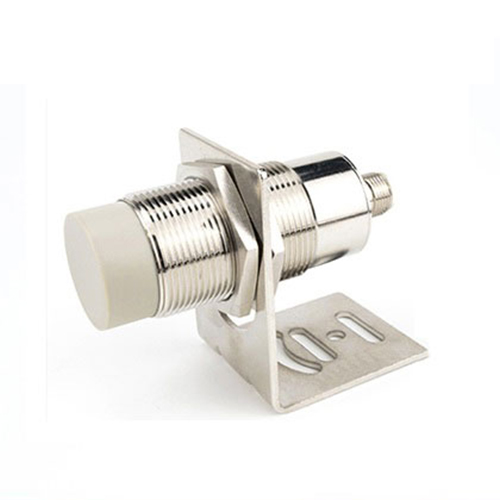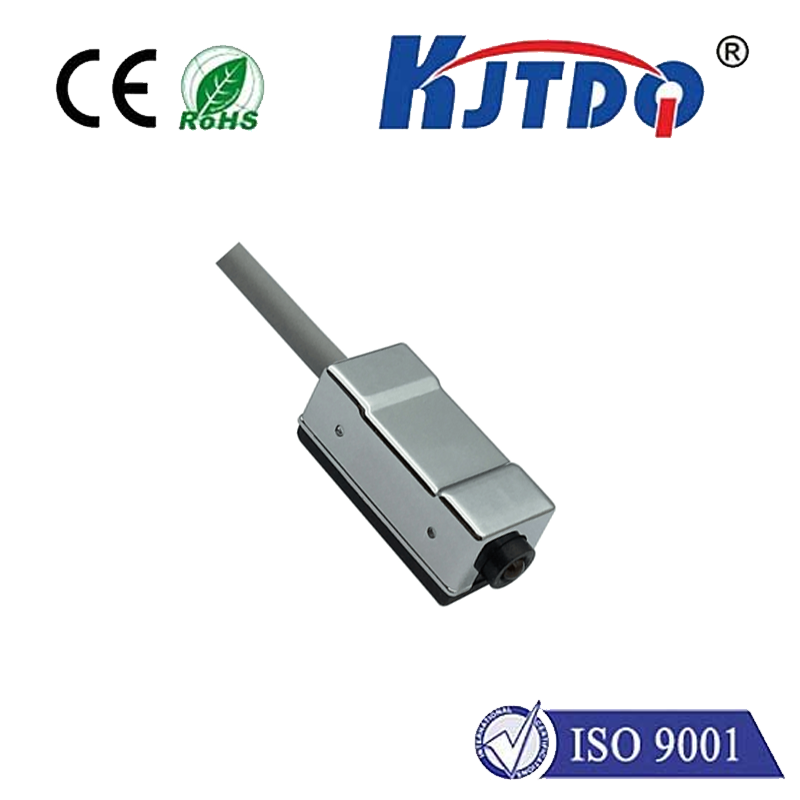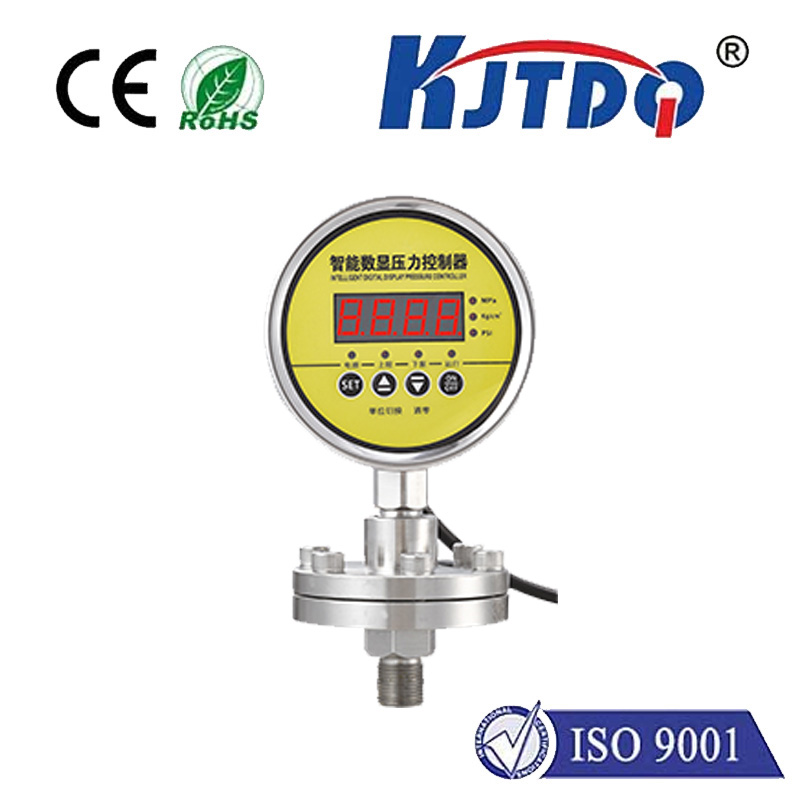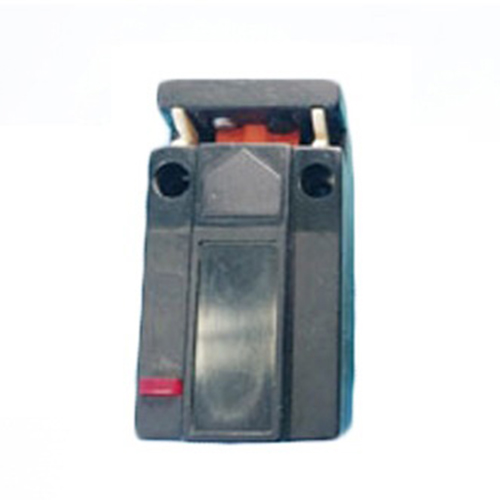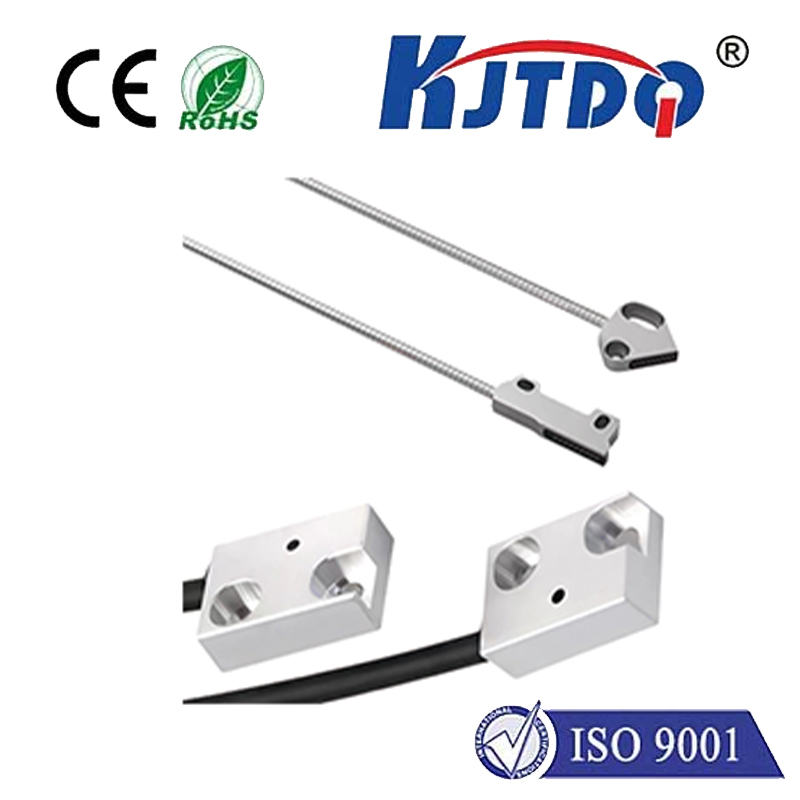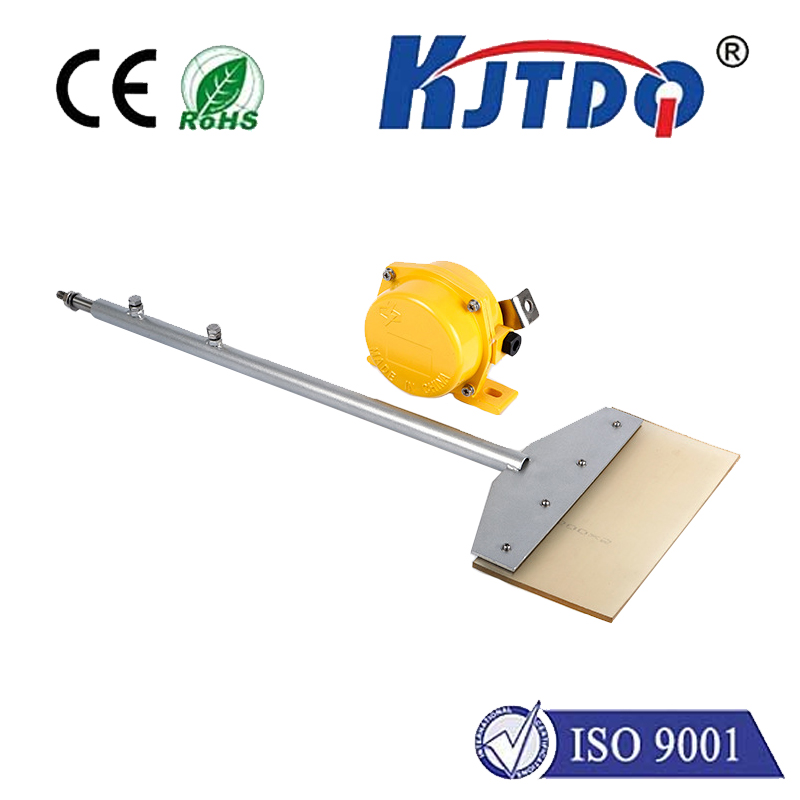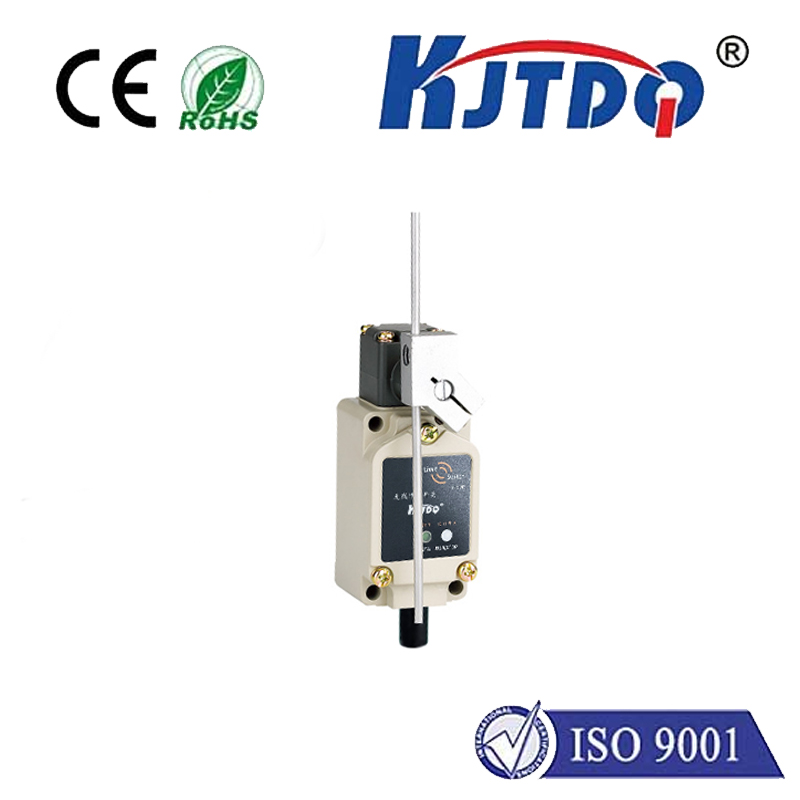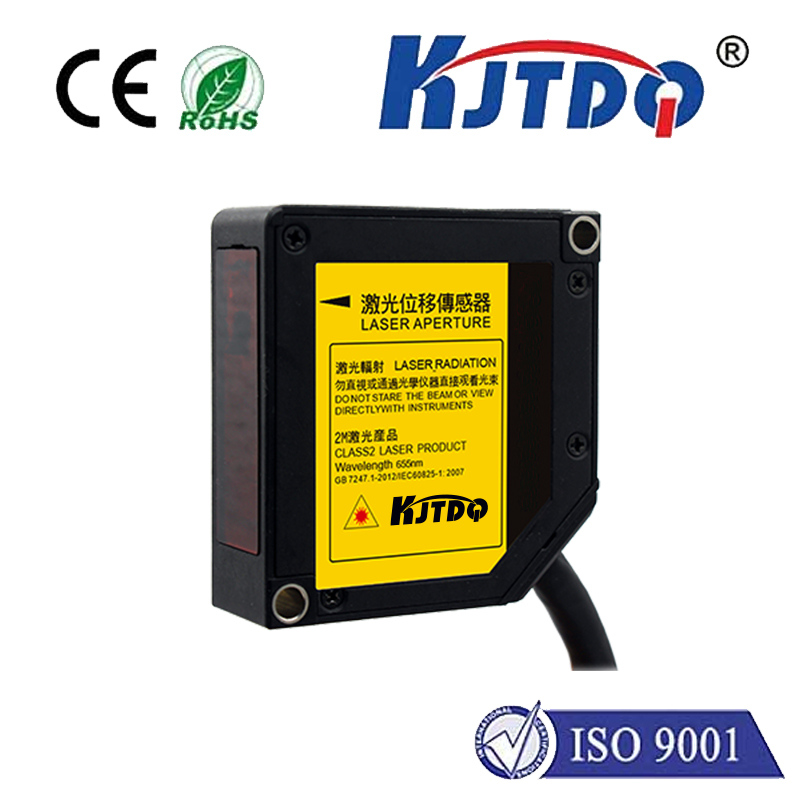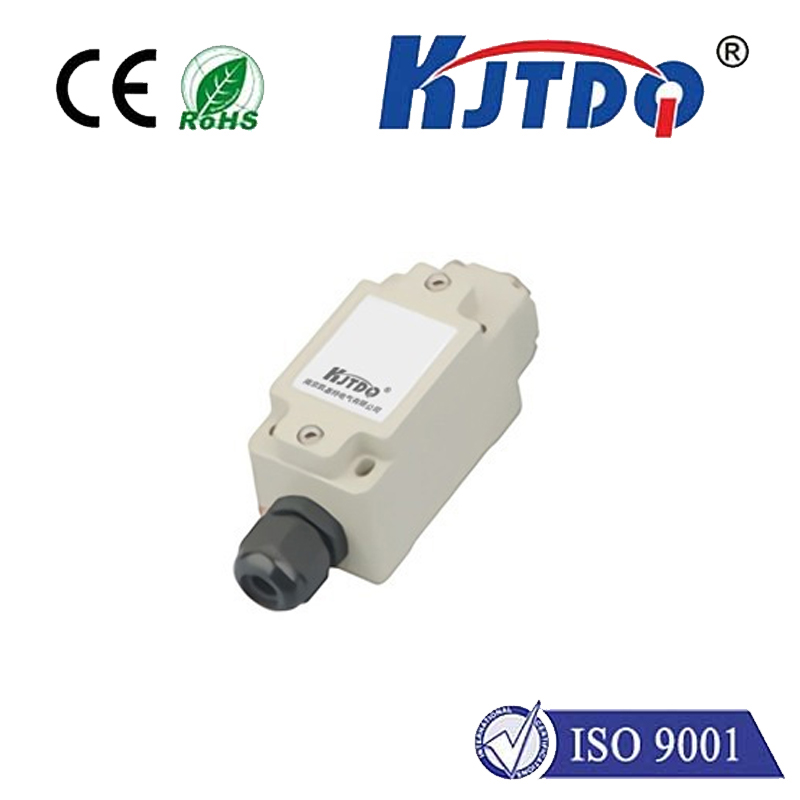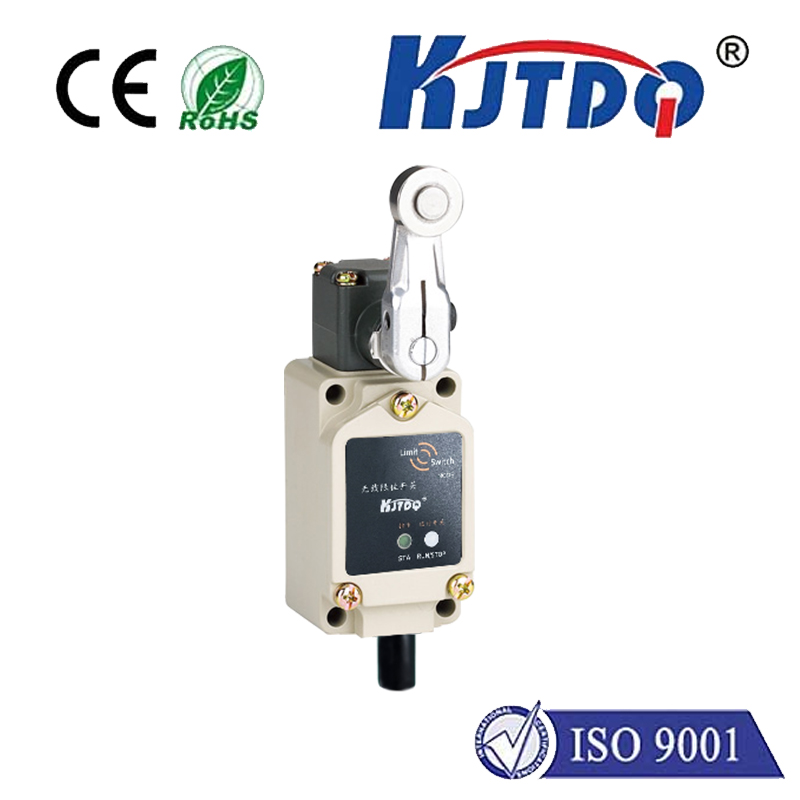

check

check

check

check

check

check

check

check

check

check
Introduction:
In the world of electronics, precision and accuracy are essential elements for ensuring reliable performance. Two critical components that play a crucial role in achieving these objectives are NPN transistors and negative-capacitance sensors (NC sensors). This article aims to provide an in-depth understanding of the functionality and application of these key components in electronic devices.
Section 1: What is an NPN Transistor?
An NPN transistor, also known as a pnp transistor or npn-pnp transistor, is a type of transistor that allows current to flow in only one direction. It has three terminals: the emitter (E), the collector (C), and the base (B). The transistor operates on the principle of the electric field between these terminals. When a small voltage is applied to the base, it creates an electric field that attracts electrons from the emitter to the collector, resulting in the flow of current through the transistor.
NPN transistors are widely used in various electronic circuits due to their unique properties, including high input impedance, low forward resistance, and high gain. They are particularly useful in applications where a high degree of amplification is required, such as audio amplifiers, radio receivers, and digital signal processors.
Section 2: The Role of NC Sensors in Electronic Devices
A negative-capacitance sensor, or NC sensor, is a type of sensor that measures inverse capacitance. It works by comparing the change in capacitance between the sensor and an external reference electrode to determine the change in electrical potential across the reference electrode. This information can be used to calculate various parameters, such as temperature, pressure, and humidity.
NC sensors are commonly used in industrial and scientific applications where accurate measurements of physical parameters are critical. Some examples of applications include temperature measurement in furnaces and ovens, pressure measurement in gas turbine engines, and humidity measurement in weather stations.
Section 3: The Relationship between NPN Transistors and NC Sensors
While NPN transistors and NC sensors may seem unrelated at first glance, they actually share several similarities that make them useful together in electronic devices. One common application is in barometric pressure sensors, which use both components to measure atmospheric pressure. In this configuration, the NPN transistor acts as a variable resistor, adjusting the reference voltage to create an output voltage proportional to the pressure difference between the sensor and the reference electrode. The NC sensor then measures this voltage to determine the actual pressure reading.
Another example is in temperature sensors that utilize both components to measure temperature variations. In this case, the NPN transistor functions as a heater or cooler element, controlling the amount of energy exchanged between the sensor and the reference electrode to produce an output voltage proportional to the temperature difference. The NC sensor then measures this voltage to determine the actual temperature reading.
Conclusion:
In conclusion, NPN transistors and negative-capacitance sensors are two essential components in electronic devices that play critical roles in ensuring accurate and reliable performance. By understanding their functions and applications, engineers can design more effective and efficient electronic systems capable of meeting complex requirements across a wide range of industries and sectors.
